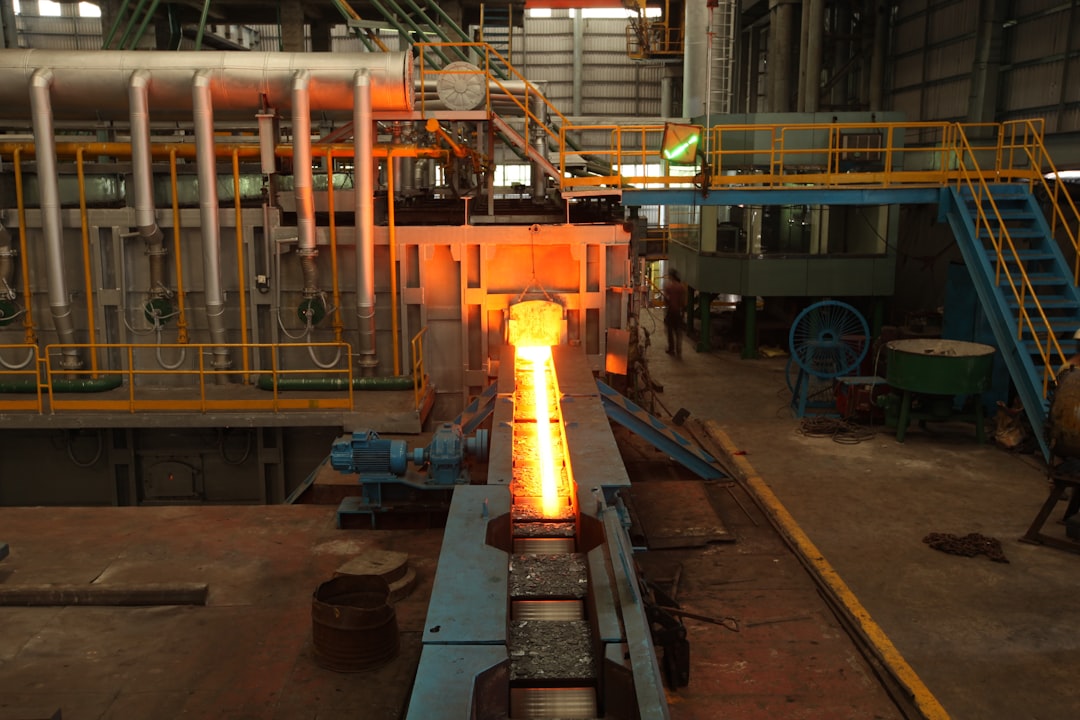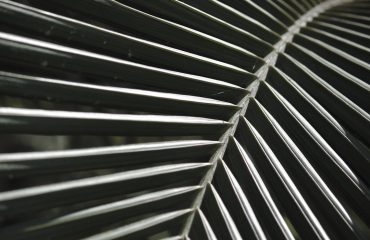The construction industry is undergoing a significant transformation, driven by the increasing demand for faster, more efficient, and sustainable building solutions. Prefabricated steel buildings are at the forefront of this revolution, offering a compelling alternative to traditional construction methods. This post delves into the exciting innovations shaping the future of prefabricated steel structures, highlighting their advantages and the impact they are having on various sectors.
Sustainable Steel: Eco-Friendly Prefab Construction
Sustainability is no longer a niche concern; it’s a core requirement for modern construction. Prefabricated steel buildings are inherently more sustainable than many traditional options. Steel is a highly recyclable material, reducing the environmental impact of construction waste. Furthermore, the precision of prefabrication minimizes material waste on-site. Innovations are pushing this further with the use of recycled steel content in the manufacturing process, reducing the demand for newly mined resources. Advances in steel manufacturing processes are also leading to lower carbon emissions during production. Beyond material choice, sustainable design principles are being integrated into prefabricated steel buildings, including features like green roofs, solar panel integration, and optimized insulation for improved energy efficiency. This holistic approach makes prefabricated steel buildings a compelling choice for environmentally conscious developers.
Advanced Design & Engineering: Pushing the Boundaries of Steel Structures
The design and engineering of prefabricated steel buildings have advanced significantly. Sophisticated software allows for intricate building designs, optimized for structural integrity and efficient material usage. Building Information Modeling (BIM) is revolutionizing the process, enabling seamless collaboration between architects, engineers, and contractors. This results in fewer errors, reduced construction time, and improved accuracy. Furthermore, advancements in steel alloys have led to the creation of stronger, lighter, and more corrosion-resistant materials. These improvements enable the construction of taller, more complex structures with greater spans, opening up new possibilities for architects and designers. The use of parametric design tools is also allowing for greater customization and flexibility in prefabricated steel building designs, catering to specific client needs and site conditions.
Modular Construction: Speed and Efficiency Redefined
Prefabricated steel buildings often utilize modular construction techniques, where components are manufactured off-site in controlled factory environments. These modules are then transported to the construction site and assembled, significantly accelerating the construction process. This speed translates to cost savings, reduced labor costs, and faster project completion times. Modular construction also allows for greater quality control, as the modules are built under controlled conditions, minimizing the impact of weather and other on-site variables. The modular approach also lends itself well to incorporating smart building technologies, integrating systems like automated lighting, HVAC control, and security systems during the prefabrication stage. This leads to more efficient and user-friendly buildings.
Smart Steel Buildings: Integrating Technology for Enhanced Functionality
The integration of smart technology is transforming prefabricated steel buildings into intelligent, responsive environments. Sensors embedded within the structure monitor environmental conditions, energy consumption, and occupancy levels, enabling real-time data collection and analysis. This data is used to optimize building performance, reduce energy waste, and improve occupant comfort. Smart building technology can also enhance security, providing real-time monitoring and access control. The integration of IoT (Internet of Things) devices allows for remote monitoring and management of building systems, enabling proactive maintenance and reducing downtime. This level of technological integration enhances the value and functionality of prefabricated steel buildings, making them highly attractive to a wide range of users.
The Future of Prefab Steel: Innovations on the Horizon
Research and development continue to push the boundaries of prefabricated steel building technology. Emerging trends include the use of 3D printing for steel components, enabling greater design freedom and customization. Self-healing concrete and advanced coatings are being explored to further enhance the durability and longevity of steel structures. The integration of renewable energy sources, such as wind and solar power, is becoming increasingly common, reducing the environmental footprint of these buildings. Furthermore, advancements in robotics and automation are streamlining the manufacturing and assembly processes, further increasing efficiency and reducing costs. The future of prefabricated steel buildings looks bright, promising even more sustainable, efficient, and technologically advanced solutions for the construction industry.
Tags: Prefab steel buildings, steel building innovations, prefabricated construction, sustainable steel buildings, modular steel buildings




